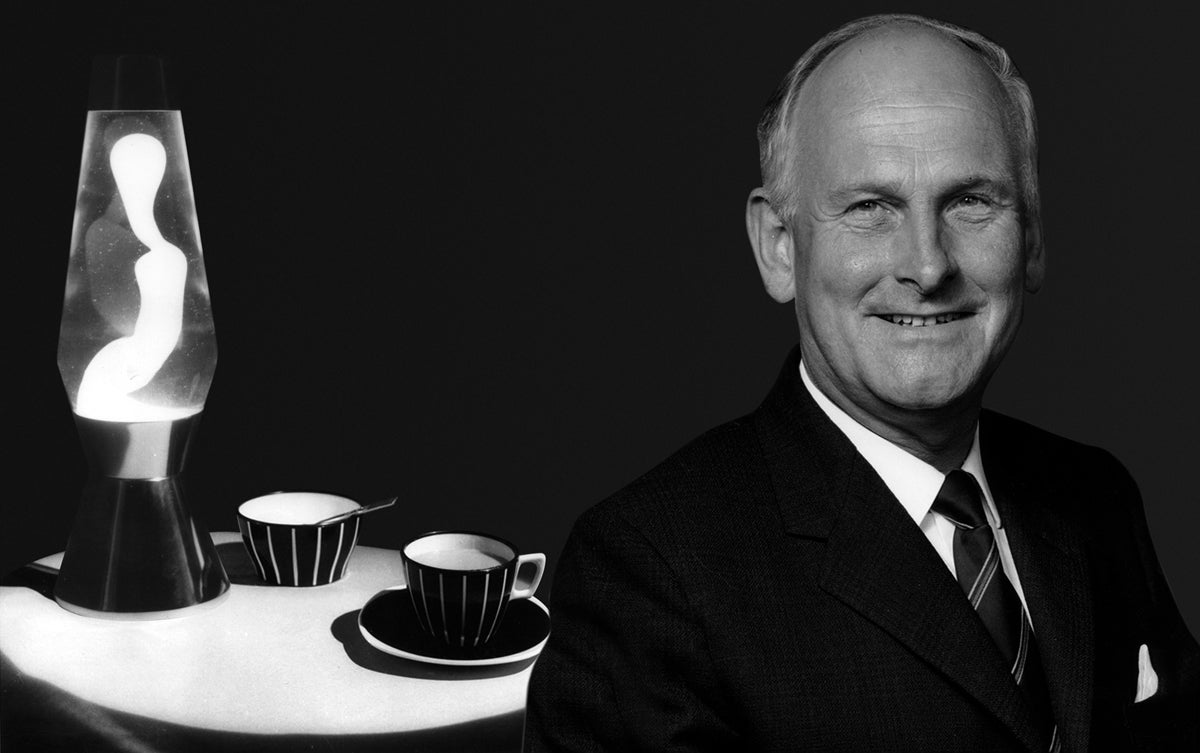Made in England for 50 years: the lava lamp celebrates its birthday
Invented in 1963, the lava lamp's fortunes have risen and fallen over the years

Your support helps us to tell the story
From reproductive rights to climate change to Big Tech, The Independent is on the ground when the story is developing. Whether it's investigating the financials of Elon Musk's pro-Trump PAC or producing our latest documentary, 'The A Word', which shines a light on the American women fighting for reproductive rights, we know how important it is to parse out the facts from the messaging.
At such a critical moment in US history, we need reporters on the ground. Your donation allows us to keep sending journalists to speak to both sides of the story.
The Independent is trusted by Americans across the entire political spectrum. And unlike many other quality news outlets, we choose not to lock Americans out of our reporting and analysis with paywalls. We believe quality journalism should be available to everyone, paid for by those who can afford it.
Your support makes all the difference.It's hard to believe that anything as jaw-droppingly futuristic could be 50 years old, but the lava lamp (or astro lamp as it was originally known) is celebrating that venerable milestone this month.
Invented by a British account named Edward Craven -Walker in 1963, the lava lamp quickly became an icon of 1960s psychedelia, with news of the product spread by worth-of-mouth.
The lamps work by using a light bulb to heat a bottle containing coloured oil and water (and some other minor chemicals – but those are the main two). The oil and water have similar densities but are insoluble to one another, meaning they don’t mix.
When the bottle is heated the oil absorbs the heat first, expanding in size as it does so. The expansion means that it becomes less dense and begins floating upwards. As it floats up it cools, contracts and falls back to the bottom of the bottle, starting the chain of events all over again.
This continual slow motion process is based around very slight differences in density between the oil and water – the balance between them is like a very sensitive pair of scales, with small amounts of heat tipping the balance back and forth.
The lamps are still made in Britain today (see below for a video of the process) though robot works now join humans in spinning and shaping the metal bases. Bizarrely, these assembly line robots have come from Detroit – with the machines sold cheaply to Mathmos (the company that makes the lamps) after the collapse of the American city’s motor industry.
Join our commenting forum
Join thought-provoking conversations, follow other Independent readers and see their replies
Comments